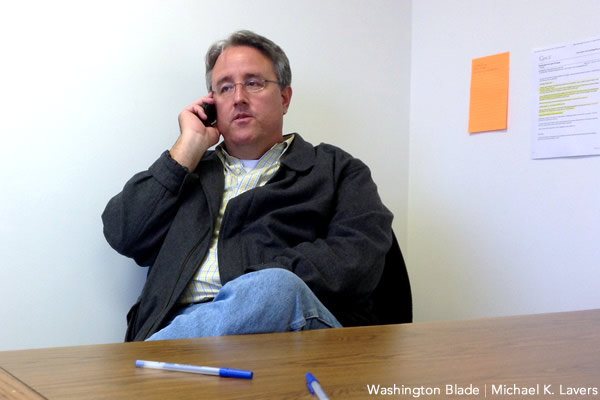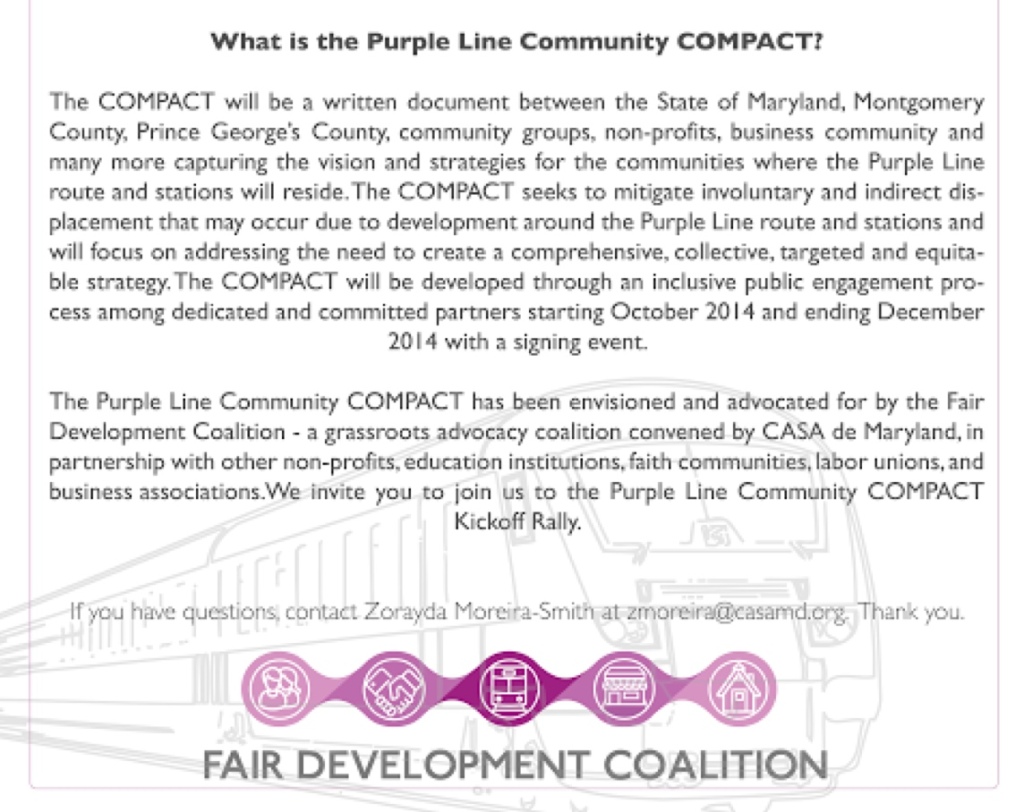CBS/NYT/YouGov has good news for Lt. Gov. Anthony Brown. According to their poll, Brown leads Larry Hogan by 55-38 among likely voters, including leaners.
Inside the Survey
This poll, conducted September 20-October 1, reveals nice improvement for Brown. Their previous survey in the field from August 18-September 2 had Brown ahead by 51-37 among likely voters. So Brown is up 4 points and further above 50%, while Hogan is up only 1 point and still below 40%.
According to this survey, Brown’s improvement is due entirely to increased support among white voters. While Brown remains at 80% among black voters, he has increased his white support from 37% to 42%. And he still has room to grow among African-American voters.
The gender gap remains cavernous in the recent survey with Brown up 65-27 among women and Hogan up 52-44 among men. While Hogan needs stronger numbers in both groups, the poll indicates that he must make major improvement among women in order to be competitive on Election Day.
The breakdown by party identification reveals the strength of the Democrats. Brown is down 7-93 among Republicans and 37-52 among Independents. But it just doesn’t matter because he is up 86-6 among his fellow Democrats who compose one-half of likely voters according to the survey.
Reading the Tea Leaves
The key question raised by the survey is why did the Lieutenant Governor promise not to raise taxes in the recent debate. Even if it is the top issue for voters, a candidate leading 55-38 doesn’t need to bind his own hands.
Internal polling for the Brown campaign may show a much smaller lead over Hogan–even smaller than the 9 point lead in the recent Washington Post poll. While some Democrats exude confidence, there are also significant rumblings of concern around the State.
Alternatively, it may suggest that a Brown-Ulman Administration would veer away from the course charted by the O’Malley-Brown Administration in terms of tax and economic policy. A surprise to those who see Gov. Brown merely as O’Malley 2.0. Taking taxes off the table forces Brown either to curtail his progressive agenda or restructure State government to accomplish it.





